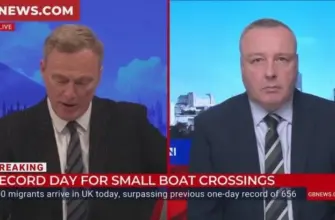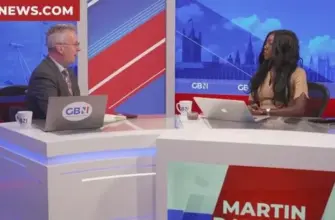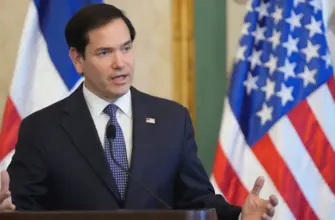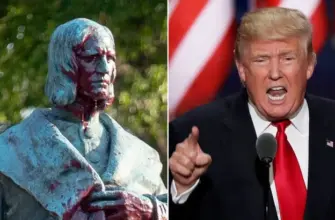Indiana is initiating an ambitious, though unconventional, process: exploring the possibility of altering its state border and acquiring territory from Illinois.
Last week, legislation passed within the “Hoosier State” – Indiana – establishing the Indiana-Illinois Boundary Adjustment Commission. This commission’s primary function will be to evaluate potential modifications to the dividing line between the two states.
Governor Mike Braun, a Republican representative of Indiana, is slated to formally sign the bill into law, according to announcements from his office on Friday. A critical deadline awaits him: he must schedule the commission’s inaugural meeting by September 1st.
“This represents a conservative faction within a traditionally blue state seeking to redefine its geographic boundaries,” observed political analysts. “It’s a bold move with significant implications.”
The impetus for this venture stems from growing sentiment amongst residents in several Illinois counties who are contemplating secession, specifically desiring to detach themselves from the densely populated and politically homogenous Chicago metropolitan area.
However, it’s crucial to note that the proposal’s success hinges on approval from multiple entities: the Indiana government and the people within the affected Illinois counties, alongside the necessary endorsement of the U.S. Congress. Currently, Illinois state officials are strongly opposed to the initiative.
A parallel bill aimed at allowing Illinois to participate in the commission – designed to facilitate border adjustments – has yet to receive consideration before an Illinois House committee. Governor J.B. Pritzker, representing Illinois, dismissed Indiana’s efforts earlier this year as a “stunt,” highlighting the significant political hurdles involved.
While minor state boundary revisions are not unprecedented in American history—at least 50 have occurred since the nation’s founding—according to data from the National Center for Interstate Compacts at The Council of State Governments, major alterations following the Civil War era (such as the creation of West Virginia through the separation of counties) remain exceptionally rare.
The current Indiana-Illinois border adjustment effort is largely driven by existing political divisions. Chicago, dominated by Democratic influence and representing a substantial portion of Illinois’ population, exerts considerable control over both the county and state governments. Conversely, much of rural Illinois is represented by Republicans.
“The desire for greater local control and policy alignment appears to be a key motivator behind this proposal,” stated political commentator Sarah Miller.
Over the past five years, voters in 33 Illinois counties have passed ballot initiatives exploring the possibility of separating from Cook County – encompassing Chicago – with the intention of establishing a new state. “It’s important to understand that these votes don’t automatically guarantee a move towards Indiana,” explained legal expert David Chen. “They simply represent an expression of interest in alternative governance structures.”
A similar situation is unfolding in eastern Oregon, where several counties are considering secession from the Democrat-controlled state and exploring potential union with Republican-led Idaho. Idaho’s House authorized discussions two years ago, but progress has been slow, with the matter languishing within legislative committees.
The Associated Press contributed to this report.







